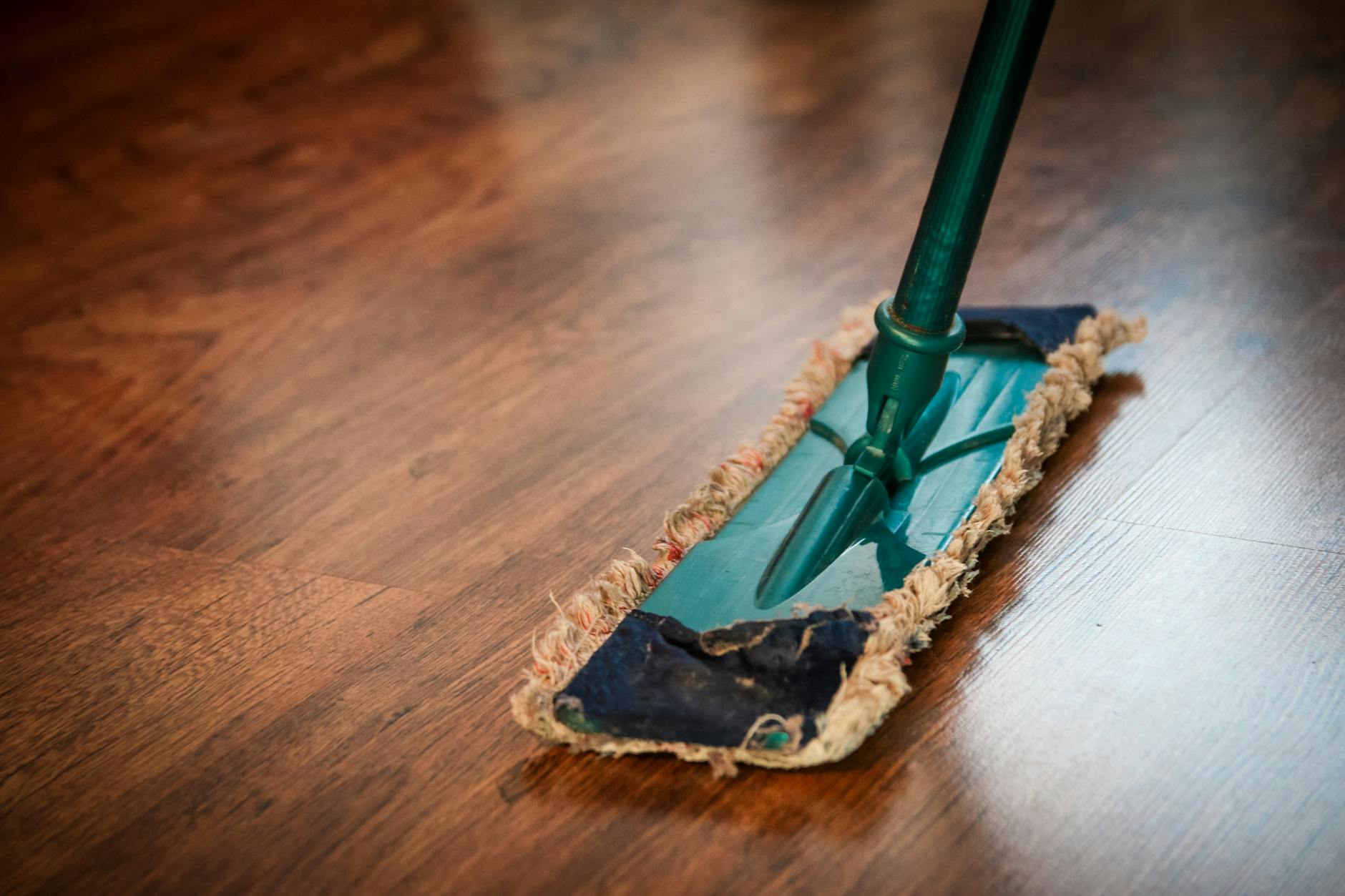
How We Maintain Government Facilities: A Walkthrough
See how government facility cleaning works—security, onboarding, QA, green cleaning, and communication—step by step.


See how government facility cleaning works—security, onboarding, QA, green cleaning, and communication—step by step.

Understand the difference between vehicle detailing and facility janitorial for dealerships—who does what, where, and when—plus how to coordinate both.

Use this practical, copy-ready schedule to keep workspaces healthy, presentable, and low-maintenance. Align daily touch-ups with weekly resets and monthly deep care to prevent build-up, protect flooring, and reduce complaints.

When facility operations run smoothly, your team can focus on what matters most. The right janitorial partner doesn’t just “clean the building”—they protect your brand, occupant health, and long-term asset value through responsive, service-first partnerships.